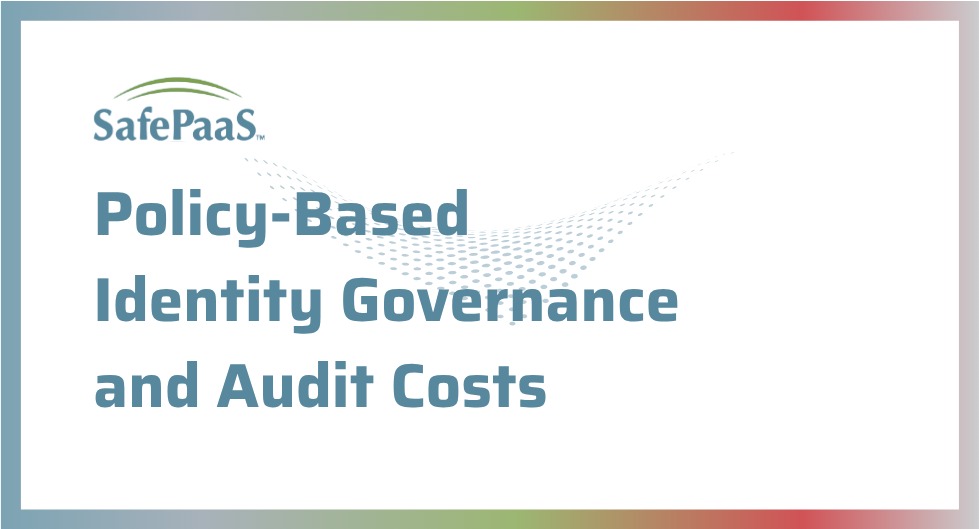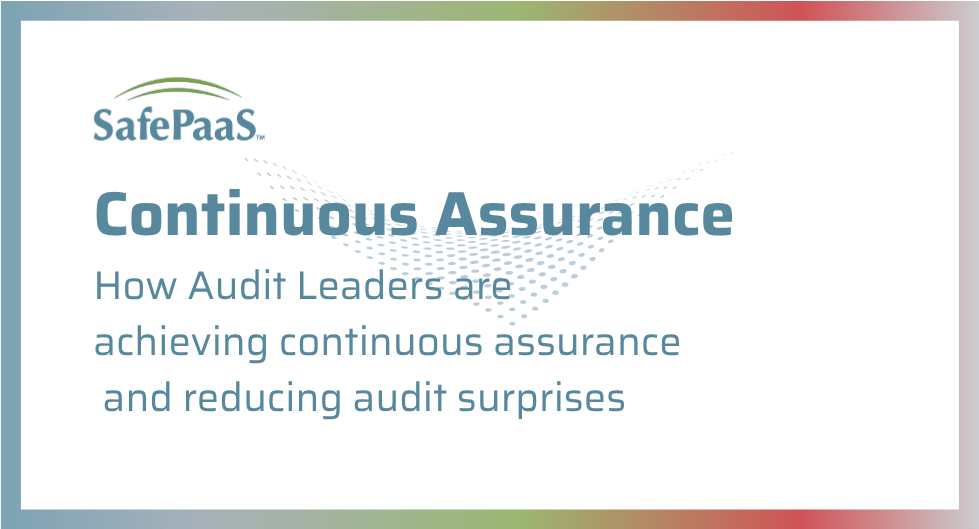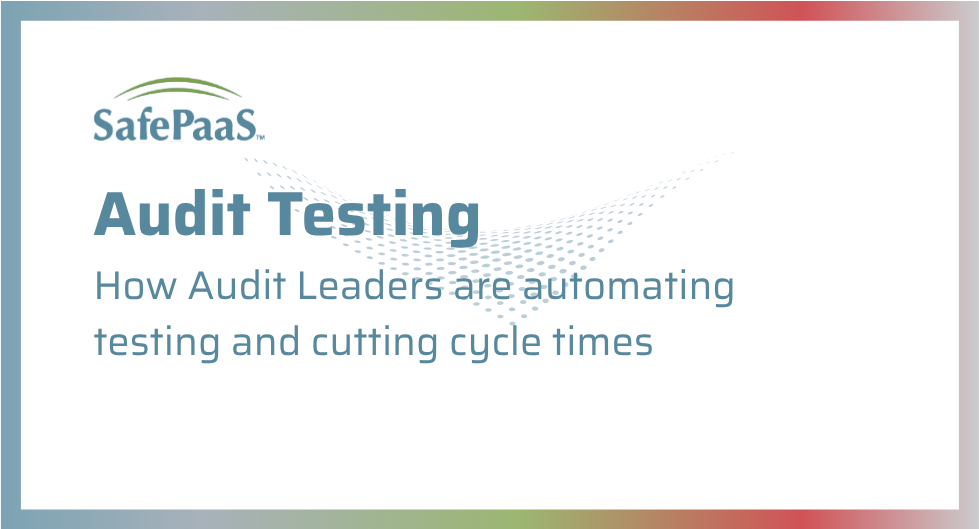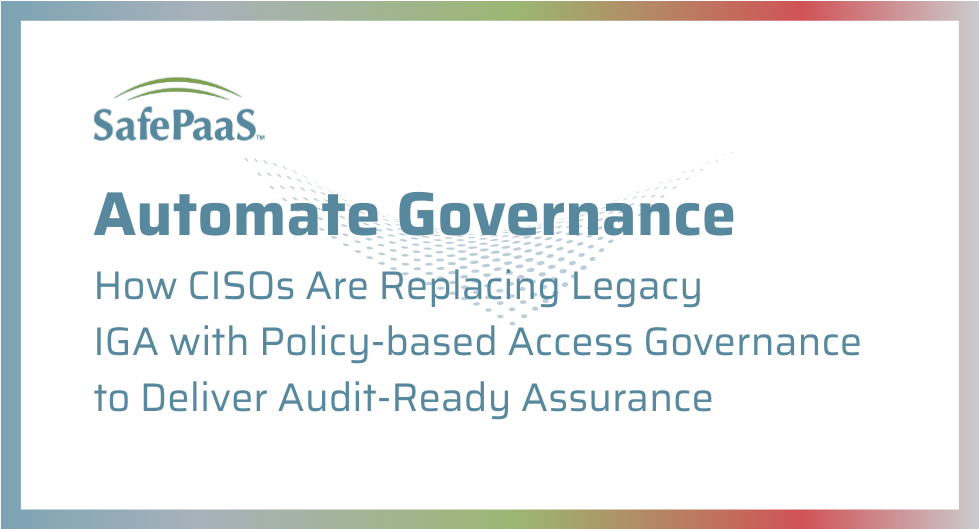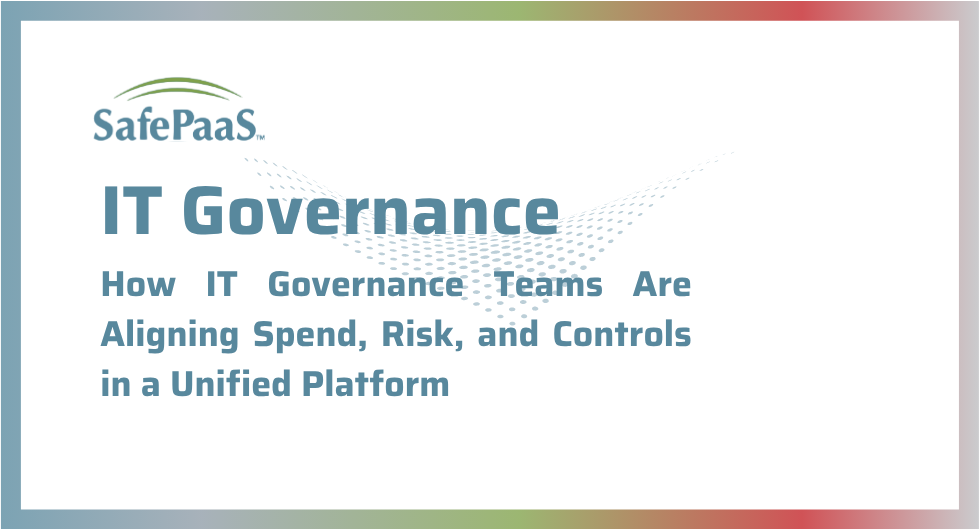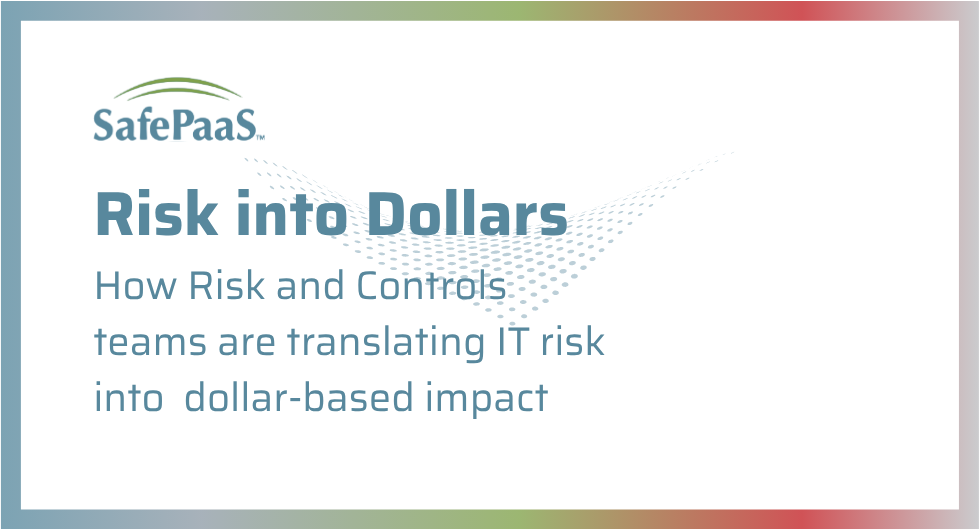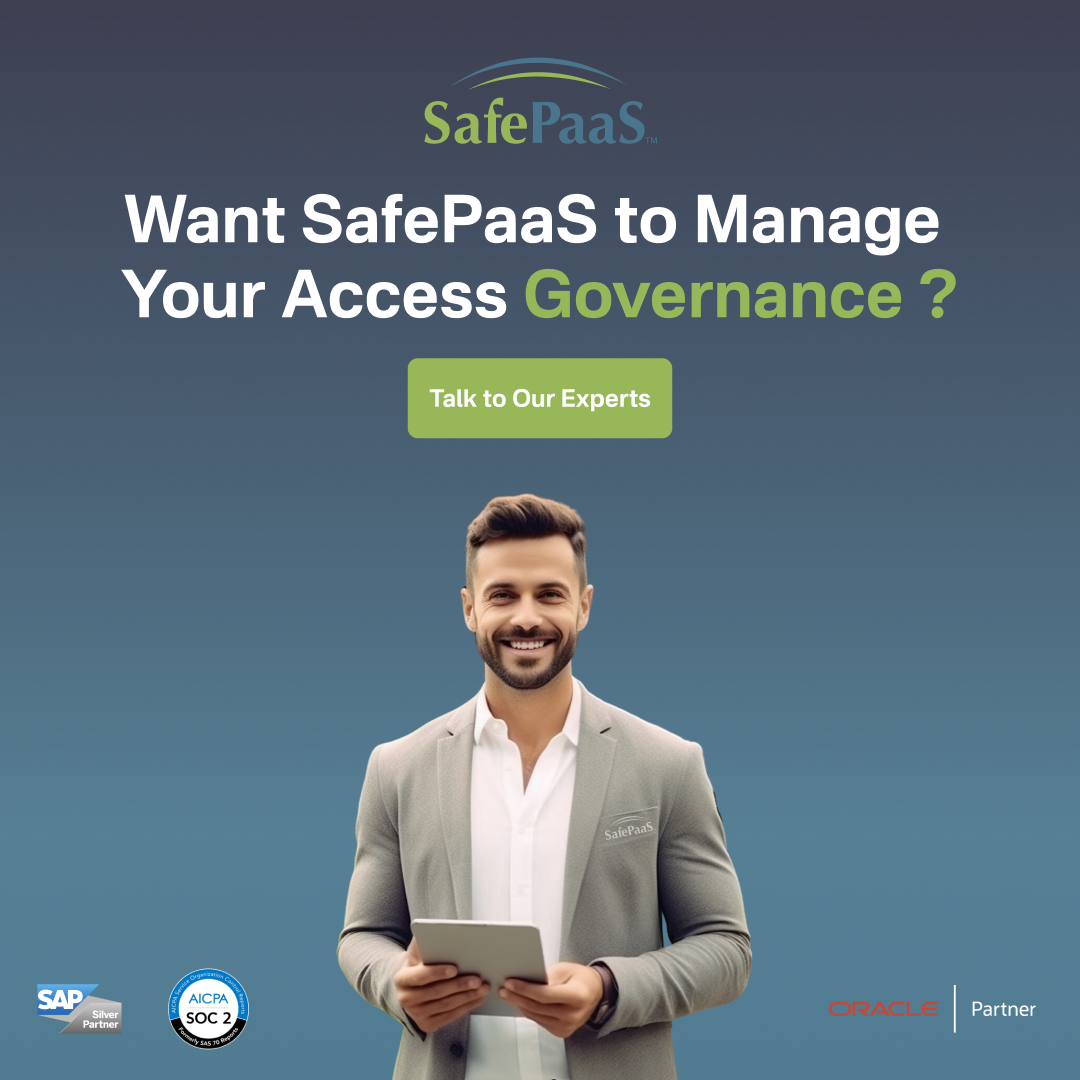Audit frequency and complexity are both increasing as organizations face the expanding demands of regulatory requirements and ever-changing digital risks. Recent industry research and direct enterprise deployments confirm that organizations with mature identity governance and administration software can reduce audit preparation costs by up to 65% and decrease manual governance workloads by as much as 80% compared to those using traditional or manual methods. This dramatic efficiency gain is vital because many organizations continue to allocate thousands of internal hours to gathering audit evidence and responding to compliance requests, diverting valuable leadership and technical resources. Without automation and integrated controls, audit preparation is disruptive, unpredictable, and drives escalating expenses.
The Hidden Cost of Manual Audit Preparation
Manual compliance management introduces various operational inefficiencies. These extend well beyond budget line items, including:
- Resource misallocation: Compliance and IT staff frequently devote significant time to compiling reports and reconciling data across systems, diverting resources from strategic initiatives and daily priorities.
- Fragmented identity data: Disconnected platforms and manual processes often result in inconsistent access records, increasing the likelihood of audit findings, errors, or missed evidence.
- Higher risk exposure: Manual controls make it harder to actively detect policy gaps or violations, raising the risk of remediation costs and regulatory penalties.
- Lost productivity: The pressure of assembling documentation at the last minute frequently disrupts daily operations and organizational responsiveness.
- Role-based Access Controls (RBAC) audit limitations: Auditors require standardized, repeatable access controls and easily traceable permissions. Because RBAC generates access decisions based on static, predefined roles rather than context-driven policies, proving compliance and generating audit-ready trails becomes complex and resource-intensive compared to the clear permission mapping provided by Policy-based access controls (PBAC).
These challenges explain why audits managed with spreadsheets, ad-hoc report requests, and reactive controls are more expensive and unpredictable than most organizations anticipate.
Core Capabilities of Policy-Based IGA
Policy-based identity governance and administration software provides a robust, scalable framework for managing regulatory and audit complexity. Unlike conventional role-based and manual approaches that struggle to keep pace with evolving requirements, policy-driven IGA platforms dynamically adapt access and control measures to match business context and compliance mandates in real time. These platforms deliver a unified, streamlined foundation for identity lifecycle management, consistent enforcement of separation of duties (SoD), and rapid response to evolving regulations.
Key Elements
- Centralized Access Management: Automated lifecycle processes (Joiner, Mover, Leaver) govern provisioning, modification, and deprovisioning of user access across hybrid environments, connecting seamlessly to business, HR, and IT systems. This eliminates gaps and prevents the creation of disconnected data silos that frustrate auditors and compliance teams.
- Continuous Policy Enforcement: Policy-based controls enable continuous enforcement of critical governance elements, including Segregation of Duties and data protection standards, ensuring organizations can prevent risky access combinations from occurring before they become audit findings.
- Real-Time Visibility and Identity and Access Analytics: Intuitive dashboards provide immediate insight into not only who has access to sensitive applications and data but also what they did with the access. Identity and Access analytics highlight outliers and suspicious activities, generating digital trails that allow rapid and confident responses to auditor inquiries.
- Audit-Ready Documentation: Automated reporting tools collect, timestamp, and store evidence in immutable formats. Organizations can assemble regulatory documentation with a few clicks instead of weeks of manual collation, which dramatically reduces cycle time during audits.
- Integration Across Systems: Connect widely used platforms to close evidence gaps, standardize identity governance across departments and business units, and consolidate audit efforts.
Advanced Automation in Modern IGA
Policy-based IGA solutions address the most persistent pain points in audit and compliance management with embedded automation and reporting capabilities designed for ongoing agility:
- Automated Access Reviews and Certifications: Built-in workflows schedule recurring, policy-driven access reviews and send automated reminders to approvers. Access can be certified or revoked directly in-platform, saving weeks of manual effort per audit cycle and ensuring every change is documented for full audit confidence.
- Centralized Visibility and Reporting: A single dashboard provides a holistic view of user access across multiple systems (ERP, cloud apps, and databases). Audit-ready reports are instantly generated and tailored to the evidence formats required by regulations such as SOX, HIPAA, and other frameworks. These capabilities reduce the time auditors spend requesting and reconciling evidence.
- Continuous Segregation of Duties Enforcement: Real-time monitoring continuously applies segregation-of-duties rules. Policy enforcement is proactive rather than reactive, minimizing audit findings, costly after-the-fact remediation, and regulatory exposure.
- Lifecycle Automation: Automated policy-based provisioning and deprovisioning workflows for new hires, role changes, and departures ensure user access is always aligned with business roles and rules. This process ensures access is granted with the least privilege.
- Continuous Compliance Monitoring: Real-time dashboards empower compliance teams to check posture at any moment. Emerging risks and violations are flagged before the audit period, reducing stress and eliminating disruptive, last-minute “all-hands” audit prep.
- Reduced Consultant Dependency: Automated reporting and continuous policy enforcement provide teams and auditors with actionable evidence. Organizations can self-serve regulatory documents, dramatically cutting external audit fees and consultant reliance.
Case in point: Industry results show organizations transitioning from manual audit processes to automated policy-based governance routinely slash audit prep time by up to 80%, reduce compliance staffing costs by more than half, and cut consultant fees by hundreds of thousands of dollars per year, all while achieving fewer audit findings and less time spent on remediation work. This quantifiable efficiency reclaims strategic resources and increases business agility.
Financial Impact: Audit Cost Reduction
Business cases supported by analyst studies and enterprise case studies demonstrate clear financial outcomes for organizations leveraging automated policy-based identity governance and administration software:
|
Staff Labor for Audit Prep |
$1M annually |
$200–250K/year |
|
Segregation of Duties Remediation |
$2M annually |
$400–500K/year |
|
Consultant Fees |
$500K–$1M/year |
Under $200K/year |
|
Audit Completion Time |
2–8 weeks |
Less than 1 week |
|
Penalty/Regulatory Risk |
High |
Significantly reduced |
Policy-driven IGA software enables companies to leverage automation for audit preparation, Segregation of Duties review, evidence compilation, and integration with core platforms. Organizations report three-to-five times ROI from replacing manual processes with standardized, scalable audit management solutions.
Achieve Sustainable Audit Efficiency
Rising regulatory scrutiny and operational demands mean ad-hoc audit management will only become more costly and risky in the future. By investing in policy-driven identity governance and administration software, organizations establish a foundation for sustainable, transparent compliance operations. This strategy delivers repeatable, standardized processes, reliable access to audit-ready evidence, and the flexibility to respond quickly to shifting regulatory landscapes.
Ready to streamline compliance, reduce costs, and build audit resilience?
Contact us to discover how policy-based identity governance and administration software can enhance your organization’s audit readiness and compliance posture today.
